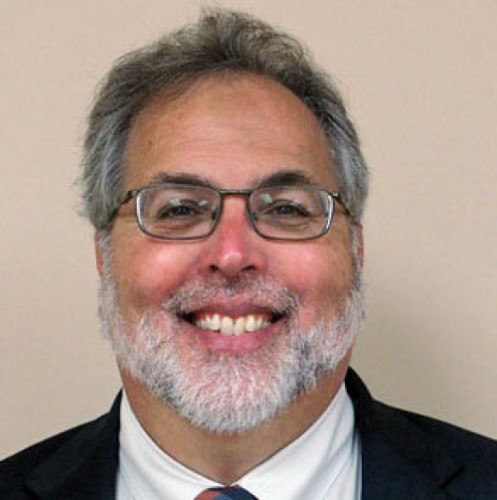One Superintendent, Multiple Boards
May 01, 2017
Board-Savvy Superintendent
Most superintendents have their hands full leading just one local school district, but there’s growing interest in neighboring school districts sharing a superintendent. In New England, there are numerous examples of superintendents serving as the CEO of more than one district and answering to more than one board of education.
So how can you be successful when you are dealing with two, three, four or even more boards of education? I work with one board where the superintendent is responsible for working with seven distinct boards of education — six of them are preK-8 districts, the other a regional high school.
Readers probably wonder how this possibly could work for a superintendent who must deal with 30 or 40 school board members. In most shared superintendent situations, the board members come from different towns — each with its own unique needs. Often, differences exist between these communities, and that can cause conflict among boards and with central offices. However, with proper planning and strategy work, this arrangement can be successful.
Any superintendent considering such a governance structure ought to think about sharing four things — vision, policy, autonomy and planning.
Shared vision. Getting an elementary board to think ahead to high school can sometimes be difficult. Understandably, they want to focus on their school. However, getting everyone to think of a shared vision for all children can help lead to widespread success. Developing a shared mission statement can be a start to unifying your districts into one team.
Shared policy. The most successful shared board/superintendent teams start with common purpose and that can be best exemplified by having a common policy manual. A joint committee with representatives from all participating boards drafts a policy manual, and all boards must vote to adopt it.
Shared autonomy. Superintendents reporting to multiple boards and schools may need to share some authority with principals. Sometimes the lines between administration and policy can get blurred as the shared leader can’t be as involved with each board as much as normal.
Shared planning. Successful combined districts often are driven by a joint strategic plan or long-term goals jointly developed. In essence, all boards have to think of their role as being the providers of a preK-12 school district. While each board plays a specific role, a common plan will pull all of this together.
This means curriculum development is done K-12 and professional development is designed to affect teaching and learning across the schools within the district. Teachers work collaboratively between districts and school administrators work together as a team.
Shared Operations
Where superintendents have been most successful in working with more than one board, they have worked hard to get the boards to collaborate. A good model has the superintendent holding a joint meeting at least annually with an agenda focused on the work of providing quality instruction and mutually beneficial professional development.
Set up an executive committee comprised of the chairs of all member districts. This can align agendas to achieve common goals and functions as the basis of an evaluation committee. In one shared superintendency involving three elementary districts and one middle-high school regional district, it was decided all educational decisions would be made by the combined boards.
The local boards meet monthly to handle business that can’t be delegated to the larger group. Once a month, the combined boards meet to receive reports and make joint decisions. While sounding unwieldy, it actually works quite well, and teaching and learning is more uniform (and higher quality) throughout the four districts. The superintendent also has fewer meetings each month.
The key is to focus on the real work of the district, learning gains, and the success of every child in the combined districts.
Nick Caruso Jr. is senior staff associate for field service and coordinator of technology with the Connecticut Association of Boards of Education in Wethersfield, Conn.
@gibsonjunkie
Author
Advertisement
Advertisement
Advertisement
Advertisement




